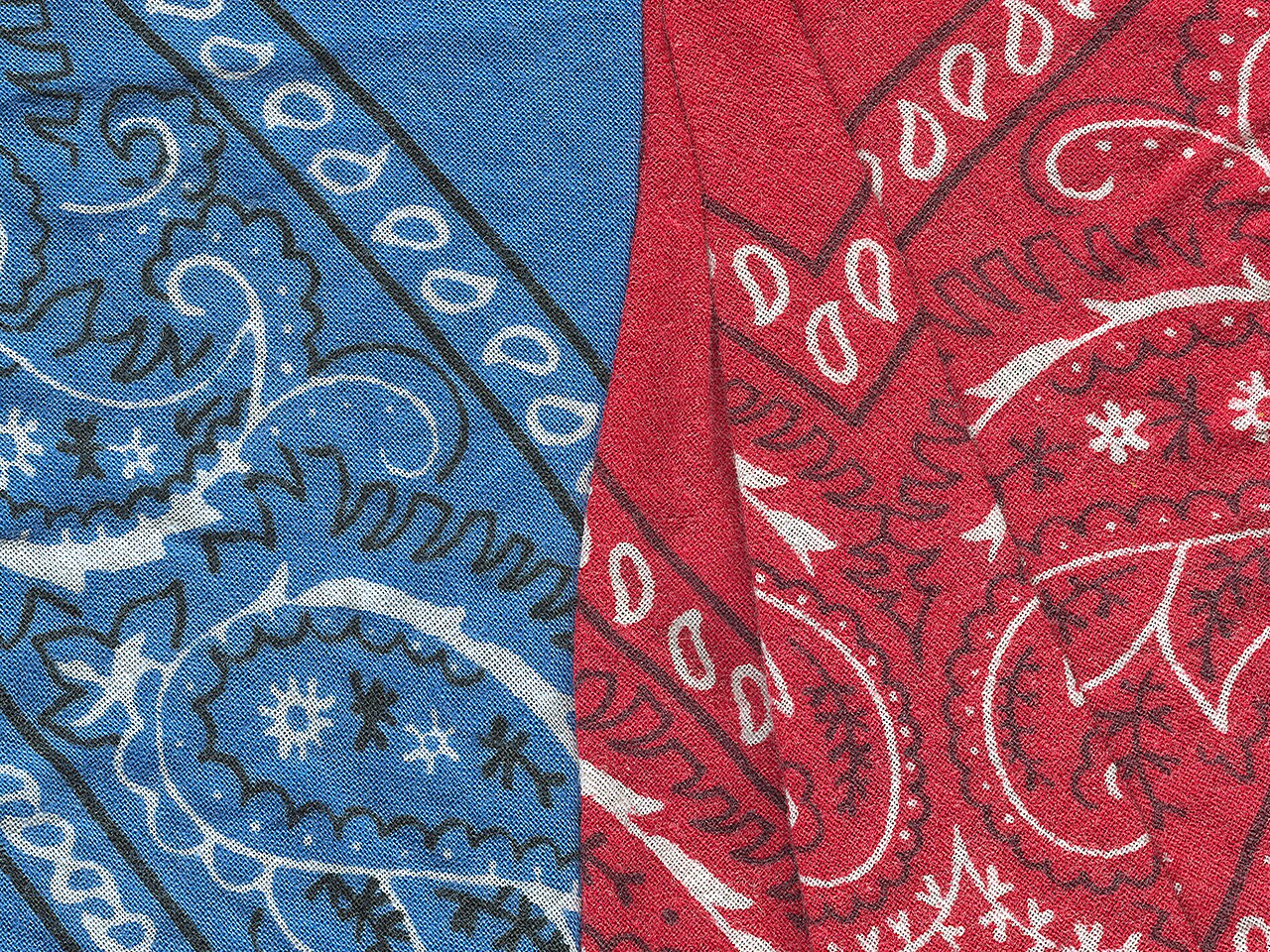Because I think that it has been appropriated. Bandhani is a traditional tie-dye technique, with deep cultural and historial significance for the Rajasthani, even extending to Sindhi and Marwari sub-groups in the west of India and east of Pakistan - who comprise of nomadic and semi-nomadic artisans.
The word ‘bandhan/bandhana’ can have several meanings depending on the context - knot, relation(ship), or kerchief - they’re all related to each other, in the sense that this piece of clothing signifies relationship, and can be tied to the end of one’s cloth - just in the same way you can “build” a “building” in English, if that makes sense. One of the most identifiable parts of the bandhani is the parsely and floral pattern, as well as the use of non-pastel, dark dyes.
Now, I am neither a Rajasthani, nor from the north-western parts of India or eastern part of Pakistan, so it should be obvious that I don’t know much about them. Maybe some information over here is not true - and I’d appreciate correction. Personally, I feel like it is an extreme case of cultural appropriation in the sense that:
-
the culture behind it has been erased, or people don’t bother doing enough basic research behind them
-
it has been commodified and mass-produced as a fashion trend, which is disrespectful to the people, and has harmed their livelihood severely
-
the patterns have a deep cultural, religious and social significance, so do the colors, and using them trivially again erases the original meaning behind them
The bandana culture (at least from my stereotype of American media) has been stolen collectively on different occasions by multiple subcultures - the hippies, the bikers, white supremacists, cowboys, gang members, black rights activists and even antifa/anarchists members, shifting the original symbolism from that of familial collectivism to something that is representative of rejection of government authority.
Unfortunately, as a very vulnerable group, they don’t have the voice to raise against this injustice, because obviously when basic needs are not met, people tend to ignore the erasure of their own identity and culture, and try to survive with what they can. The place that they live in is the antipode to the American continent, and obviously, that region does not receive a lot of attention, as opposed to western cities.

Took me a second to realize that you’re refering to the “paisley” (apparently from the name of a scottish town where these were initially produced to make low cost copies of real imported bandanas) patterened bandana. I mostly think of the term as a generic term for any head scarf or handkerchief of a certain size. I have one here that has patterns that are probably supposed to resemble batik cloth.
i think the fact that its not part of a racist caricature or costume helps, people generally use bandanas as practical garments/accessories. if white people were claiming that bandanas made them specially connected to the rajasthani, or if white people were selling them and claiming to be authentic rajasthani craftsmen or something, taking up a market that rajasthani could have participated in otherwise, that would be more problematic. where exactly do we draw the line between a white person making a paisley pattern handkercheif and cultural appropriation? (the paisley pattern is not unique to the rajasthani, in fact it is a very common hallucination/pseudo-hallucination with LSD. the bent-teardrop shape is actually originally a Persian ‘boteh’ design, and may or may not be related to zoroastrian symbolism)
also, what exactly is the line between cultural appropriation and cultural influence? is using arabic numerals and algebra and algorithms cultural appropriation? is the west’s use of gunpowder appropriation of chinese culture? is wearing pajamas cultural appropriation of Indian culture? probably not. but obviously a white person wearing a feather headdress or selling ‘authentic native american dreamcatchers’ is, right? and both of those are different than like, a white person trying to genuinely engage with indigenous belief systems in their personal life. A white person reading tarot cards for money or ‘just for fun’ with friends might be culturally appropriating from the Roma, but a white person that genuinely believes that tarot cards are an effective religious/spiritual exercise and does it in private for personal reasons is not as problematic, or not problematic in the same sense at least. there has to be some defining factor but i’m not sure exactly what it is.



